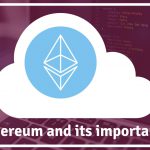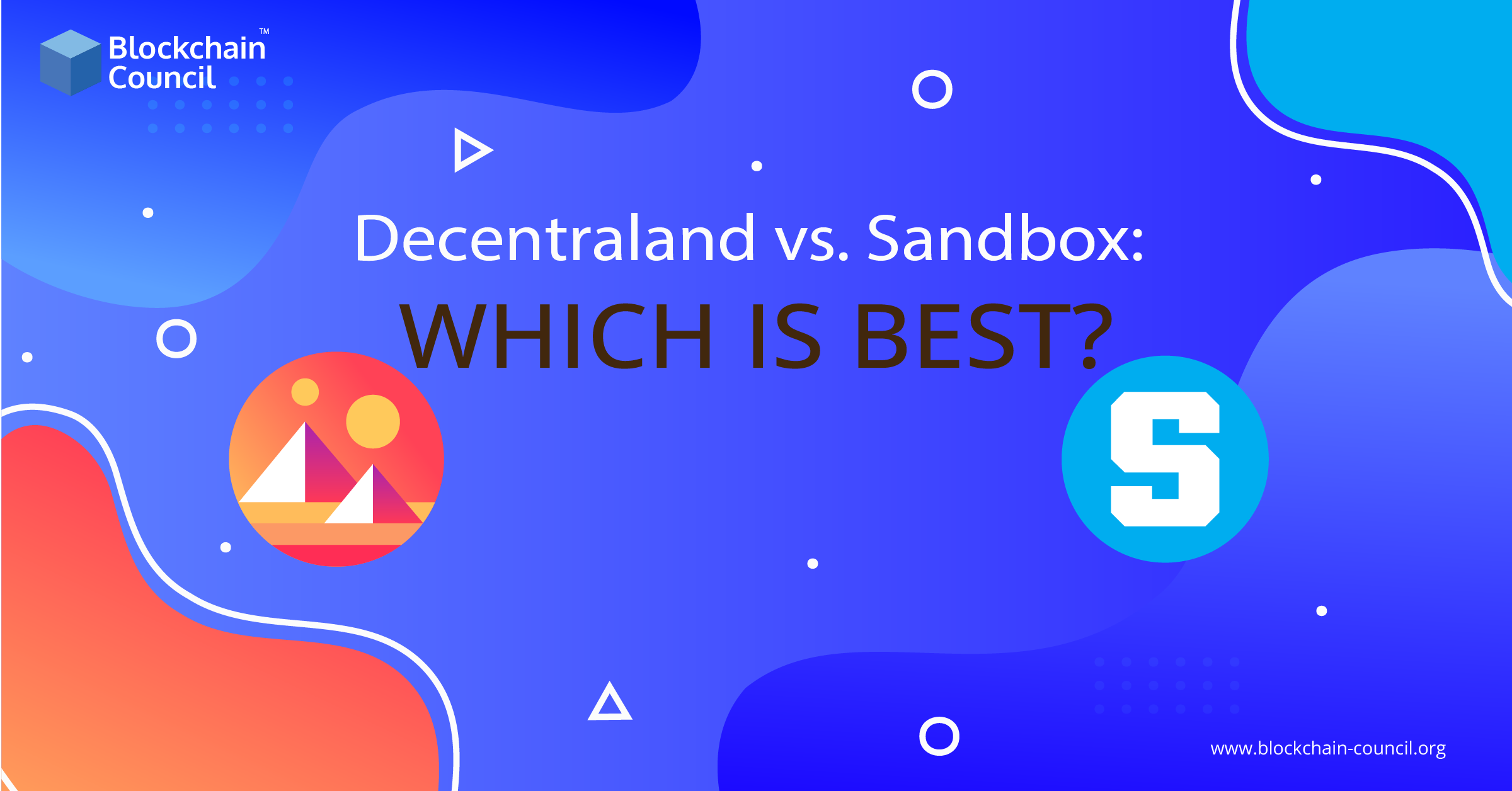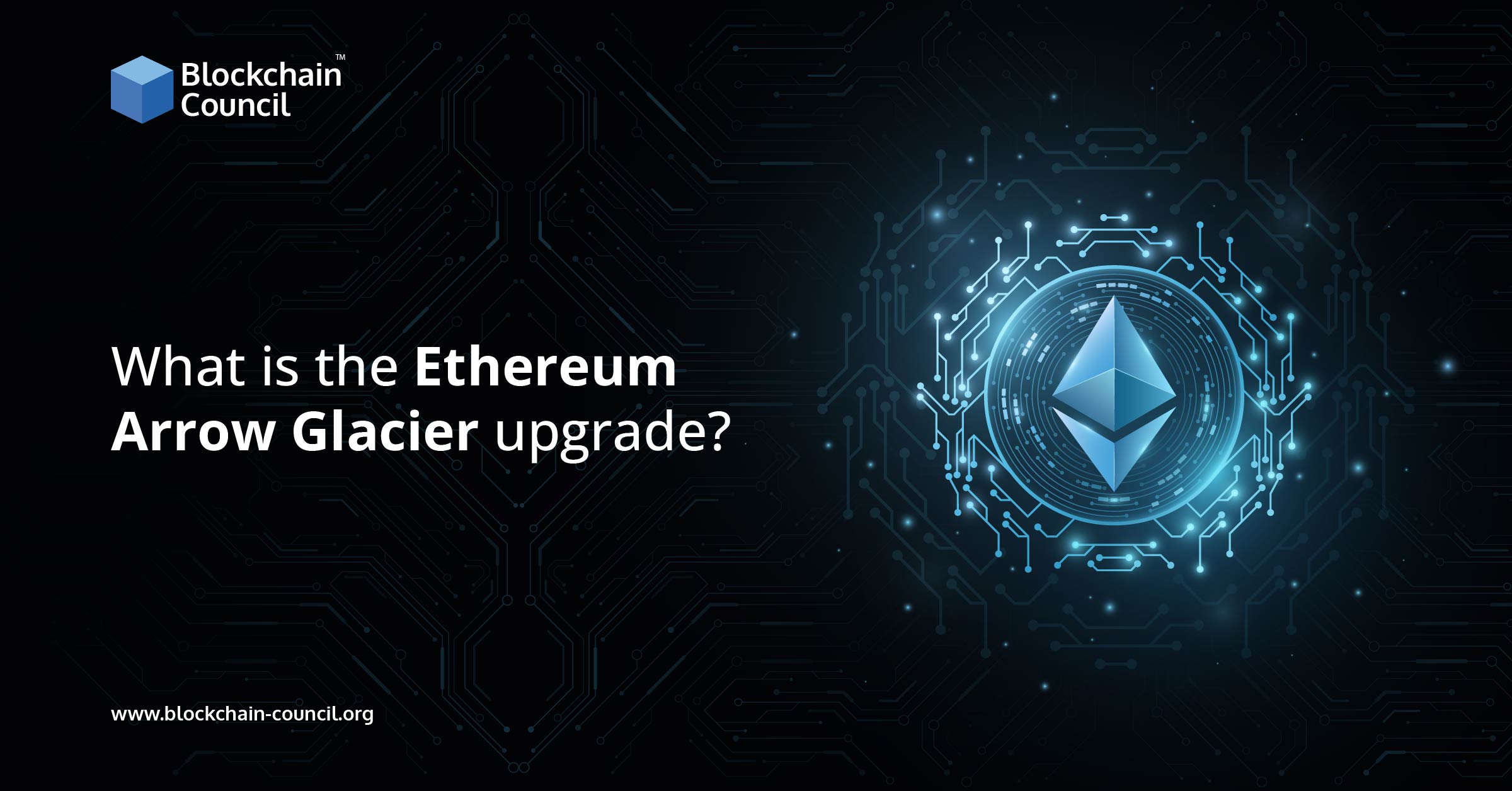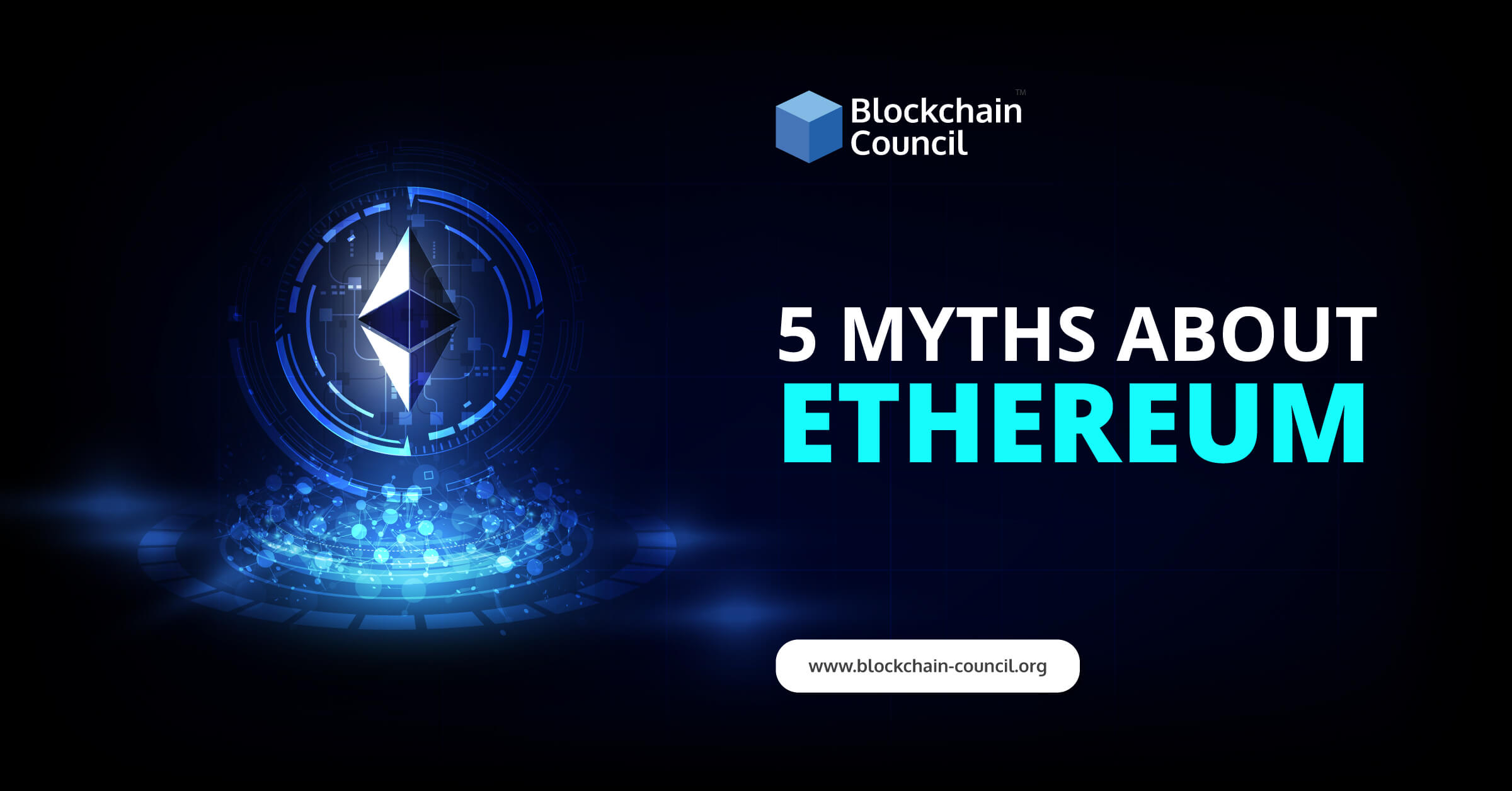
- Blockchain Council
- June 30, 2022
After the most recent crypto meltdown, Ethereum continues to be too pricey for many users. This is due to the Ethereum blockchain’s slowness and limitations. If you want to purchase a new “must-have” NFT, you should now pay a fortune for every extra byte of block storage.
Unless “Ethereum 2.0,” the next version of the Ethereum blockchain, addresses all of these issues, the industry will rely on “scaling alternatives” or solutions that speed up the Ethereum network. Scaling solutions differ, but most settle a portion of the deal on a different network—one that is cheaper and more efficient than Ethereum—before telling the main Ethereum chain about the activities it plans to finish.
What do you mean by Rollups?
One such scaling approach is rollups. They are bundles of transactions that are rolled up (thus the name). The final, rolled-up transaction is reported as a single exchange to the Ethereum network.
Rollups reduce expenses by dividing the price of each Ethereum transaction and the minor cost of rolling up bunches of operations among consumers. They also accelerate things: the rollup is fast, and the Ethereum blockchain only requires executing one transaction rather than several. This is helpful because Ethereum’s unaided processing rate is roughly 15 transactions per second.
By transitioning to a proof of stake voting method, Ethereum’s lengthy update attempts to increase the network’s stability and security.
Ethereum co-founder Vitalik Buterin believes that scaling techniques such as rollups will stay to play an essential role in the blockchain even after Ethereum 2.0 is implemented. (Note: The Ethereum Foundation has now abandoned the 2.0 designation to reflect the network’s transition to proof-of-work and use of shared networks.)
Types of Ethereum Roll-Ups
Rollups are categorized into two categories: optimistic rollups and zero-knowledge rollups.
Optimistic rollups assume that all of the rolled-up information is correct and that no one is attempting to deceive the blockchain by concealing bogus operations within rollups. The premise is that by presuming validity, things would go faster. Optimistic rollup rules help customers to protest bunk deals in order to defend against fraud cases. The fraudulent trade is sent straight to the Ethereum network to be verified and resolved. Both sides have ETH invested and would lose revenue if they are inaccurate or misleading.
Zero-knowledge rollups (also known as zk-rollups) operate in a unique manner. They depend on a type of encryption known as zero-knowledge proofs, which enable anyone to mathematically demonstrate that a comment is correct (say, that somebody is Greek) without revealing any further knowledge about that assertion (like a passport). These are known as zk-SNARKs in cryptography, after a form of cryptography known as “succinct non-interactive justification of knowledge.” Since the “SNARK” bit only allows genuine payments to be added to the rollup, this technique avoids the dispute-resolution mechanism implicit in optimistic rollups.
Who’s building rollups?
Rollups with zero knowledge:
- Loopring is a system that allows for gas-free decentralized trade.
- ZKSync: an Ethereum zero-knowledge L2
- Immutable X: an L2 protocol for NFTs
Rollups that are optimistic:
- Optimism: a cheap layer-2 system for Ethereum
- The Boba Network is the next generation of the OMG Network
- Arbitrum is an Ethereum L2 protocol.
How can you buy rollups?
A scaling solution cannot be “purchased,” but tokens based on the innovation can be purchased. Rollup technologies such as Loopring and Boba are well-known instances. You may purchase their tokens on decentralized Ethereum markets or controlled exchanges. To locate the biggest marketplaces, use tools like CoinMarketCap or CoinGecko.
These layer-2 networks’ DeFi services and trades can also be used to reduce operational costs. Loopring, for example, runs its own layer-2 interaction, also known as Loopring. There, you may enjoy every one of the benefits of rollup innovations: Trades for ERC-20 tokens that are gas-free and quick.
Rollups in the future: innovation for the generations or a Band-Aid solution to a solved problem?
In the immediate short term, the fight will be waged between two types of rollups: optimistic and zero-knowledge. One may argue that zero-knowledge solutions are preferable since they do not necessitate the deployment of a dispute-resolution process.
The lengthy viability of rollups is dependent on the progress of Ethereum’s main net improvements. Rollups may one day appear to be an unneeded performance enhancement to a lightning-quick blockchain technology if Ethereum has to be that quick. Rival L1 blockchains, such as Solana and Avalanche, may grow so successful that they completely replace Ethereum. Rollups might become obsolete if a large percentage of DeFi’s transactions occurred on blockchains other than Ethereum.
Put it another way, if Ethereum becomes more efficient, rollups may continue to climb. They might interact with planned updates to make Ethereum more accessible and affordable to the general public.
A Final Note
Ethereum developers are working extremely hard to ensure that any faults inside the network are resolved. Because Bitcoin is now so low, ETH programmers are attempting to capitalize on this potential to reach Ether, the largest cryptocurrency in the economy. Nonetheless, it appears that practically all of Ether’s important faults will be rectified before the ultimate revelation of the ETH 2.0 blockchain technology, and Ethereum roll ups will play a significant role in this strategy.
If you are looking forward to pursuing Ethereum education, then Blockchain Council’s extensive certification programs are available for you. Blockchain Council offers some of the best Ethereum certification courses along with other blockchain and cryptocurrency courses. You can check out Blockchain Council’s website for the list of available courses and enroll in one according to your expectations.





































































 Guides
Guides News
News Blockchain
Blockchain Cryptocurrency
& Digital Assets
Cryptocurrency
& Digital Assets Web3
Web3 Metaverse & NFTs
Metaverse & NFTs
